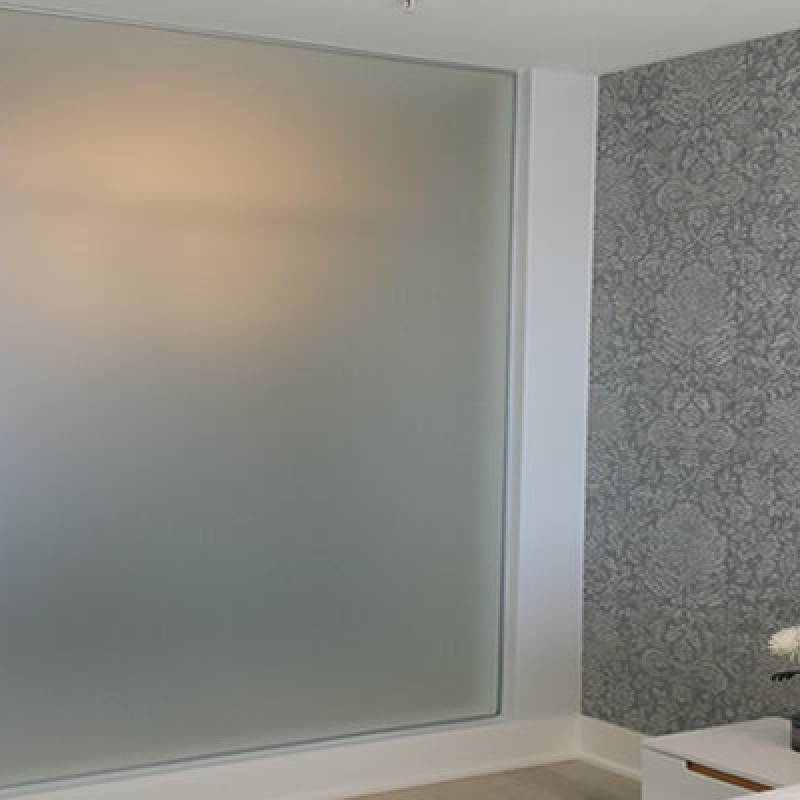

Understanding Tempered Glass Properties, Production, and Applications
Tempered glass, also known as toughened glass, is a type of safety glass that has been treated to withstand greater stress and temperature changes than regular glass. This article explores the properties, manufacturing process, benefits, and applications of tempered glass, shedding light on why it is a popular choice in numerous industries.
Properties of Tempered Glass
Tempered glass is distinct for its increased strength and safety features. It is processed through controlled thermal treatments to achieve enhanced durability. One of the primary characteristics of tempered glass is its ability to endure high thermal stress. It can withstand drastic temperature variations, making it suitable for environments subjected to heat fluctuations, such as kitchens and buildings with large windows.
Another key property is its exceptional strength. Tempered glass is typically four to five times stronger than standard glass of the same thickness. When shattered, tempered glass breaks into small, blunt pieces rather than sharp shards, reducing the risk of injury. This feature is crucial in applications such as shower enclosures, glass doors, and facades where safety is paramount.
Manufacturing Process
The production of tempered glass involves a particular heating and cooling process known as tempering. The first step is to cut the glass to the desired size and shape and apply any necessary surface treatments. Once prepared, the glass is heated in a furnace to temperatures around 620–700 degrees Celsius (1148–1292 degrees Fahrenheit). This heating causes the glass to soften and become malleable.
After the heating phase, the glass undergoes rapid cooling with powerful jets of air. This quick cooling process, called quenching, creates compressive stresses on the surface of the glass and tensile stresses within. The result is a glass that can better withstand impacts and thermal tension. The tempering process can take anywhere from 10 to 30 minutes, depending on the thickness and dimensions of the glass.
Benefits of Tempered Glass

Tempered glass offers numerous advantages over regular glass. Its strength and safety features make it an ideal choice for a variety of applications. Its resistance to thermal stresses means that it can be used in situations where traditional glass may fail. For instance, glass installations in hot climates, like skylights or glass walls, benefit immensely from the durability of tempered glass.
Another significant benefit is its aesthetic appeal. Tempered glass can be manufactured in various colors and finishes, allowing it to fit seamlessly into modern architectural designs. Its clarity and ability to reflect light can enhance the visual appeal of homes and commercial structures.
Moreover, due to its strength and safety features, many building codes require the use of tempered glass in certain installations, particularly where human impact is likely. This ensures not only compliance with safety regulations but also the long-term reliability of the installations.
Applications of Tempered Glass
The versatility of tempered glass has led to its widespread use across multiple sectors. In residential applications, it is commonly found in shower doors, glass railings, and large windows. In commercial settings, tempered glass is used in curtain walls, storefronts, and office partitions. The automotive industry also employs tempered glass in side windows for passenger vehicles due to its strength and safety features.
In addition to these common applications, tempered glass is often utilized in high-temperature environments, such as in stoves and ovens. Its ability to withstand heat without breaking makes it ideal for such uses. Furthermore, tempered glass is frequently used in the manufacturing of glass table tops and displays where safety and aesthetics are critical.
Conclusion
In summary, tempered glass is a remarkable material that offers enhanced strength, safety, and versatility compared to regular glass. Its ability to withstand thermal stress and impact makes it an essential choice in architectural and automotive applications. As technology in glass production continues to advance, tempered glass will likely become an even more integral part of modern design and construction, providing safety and elegance in a wide array of settings.